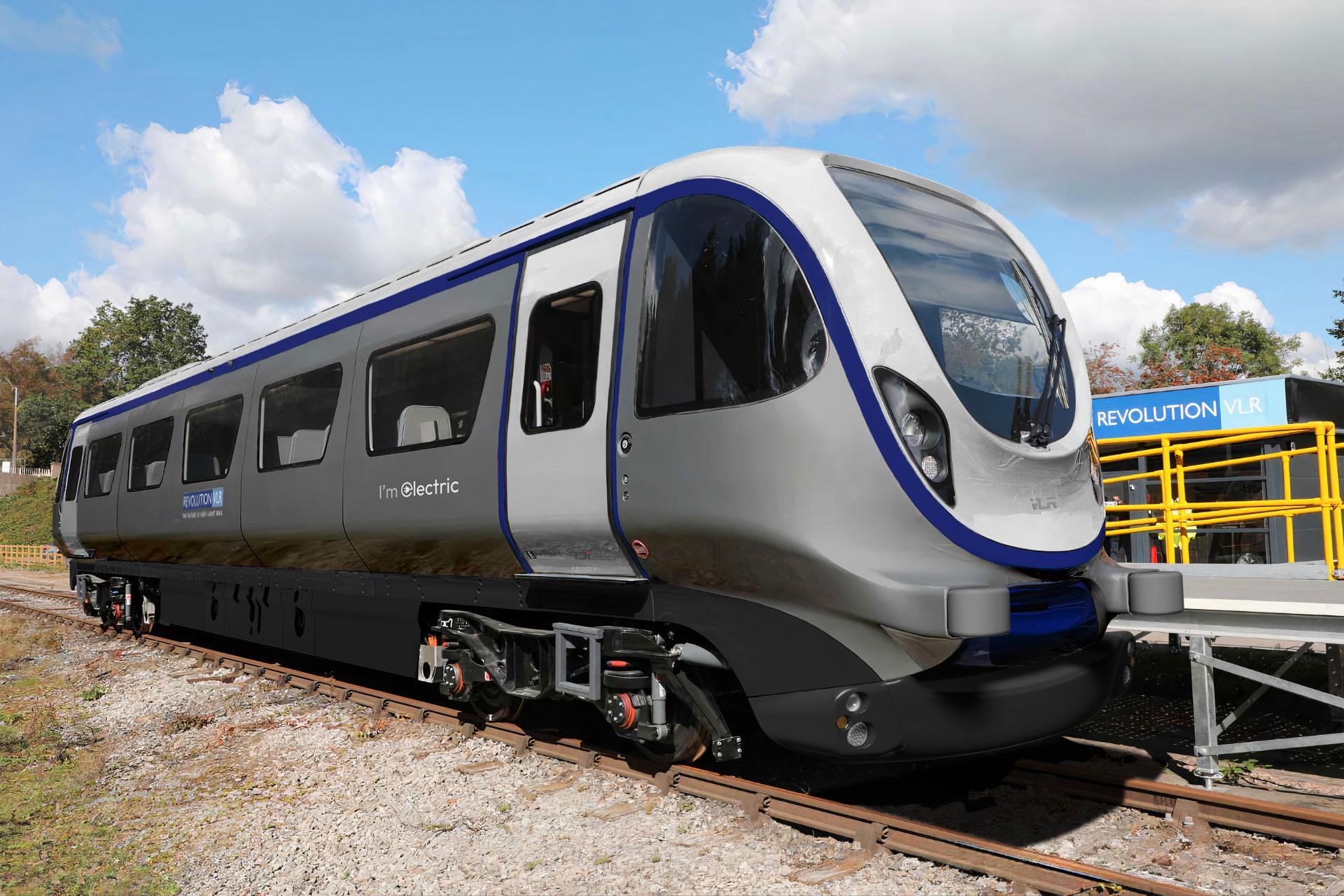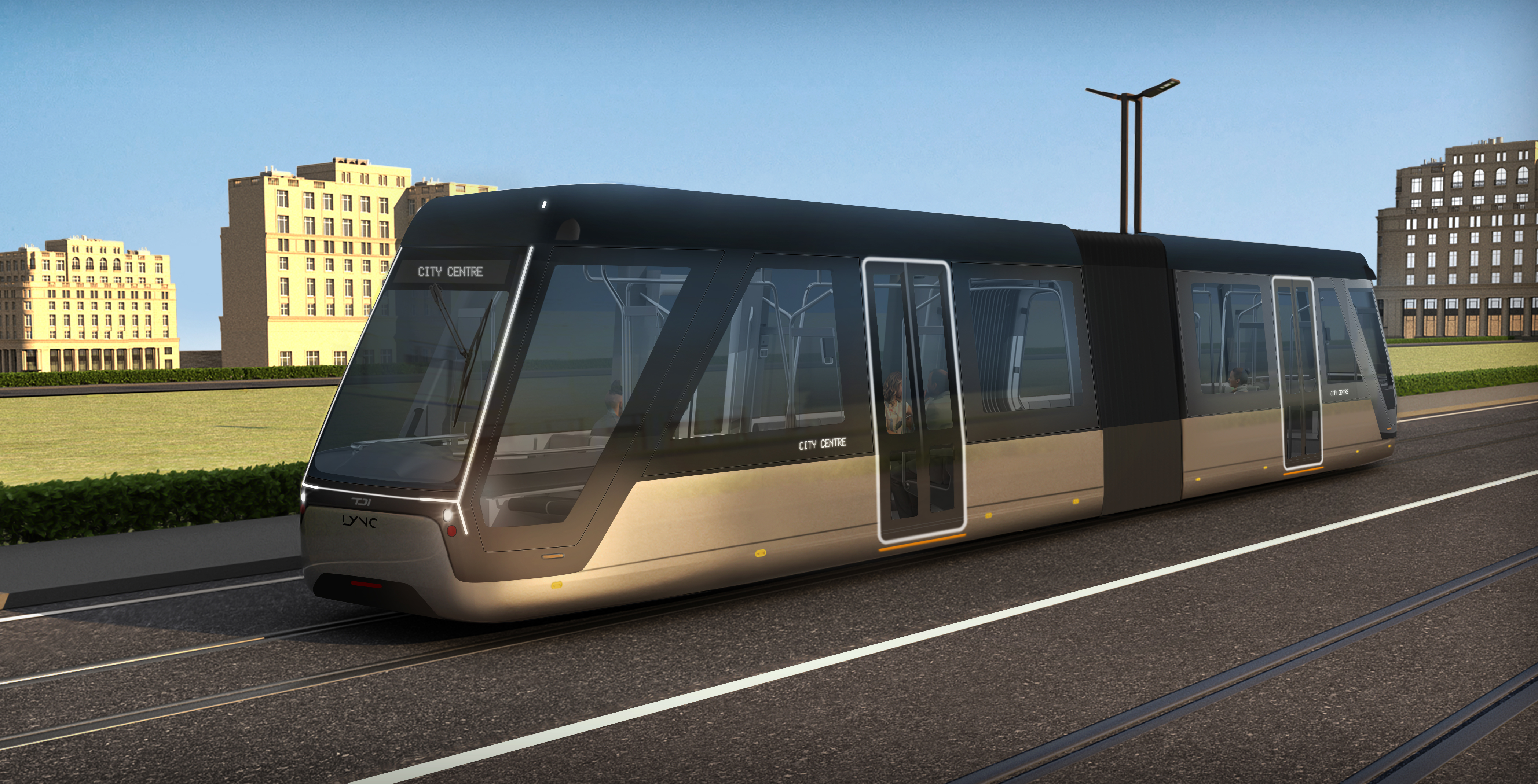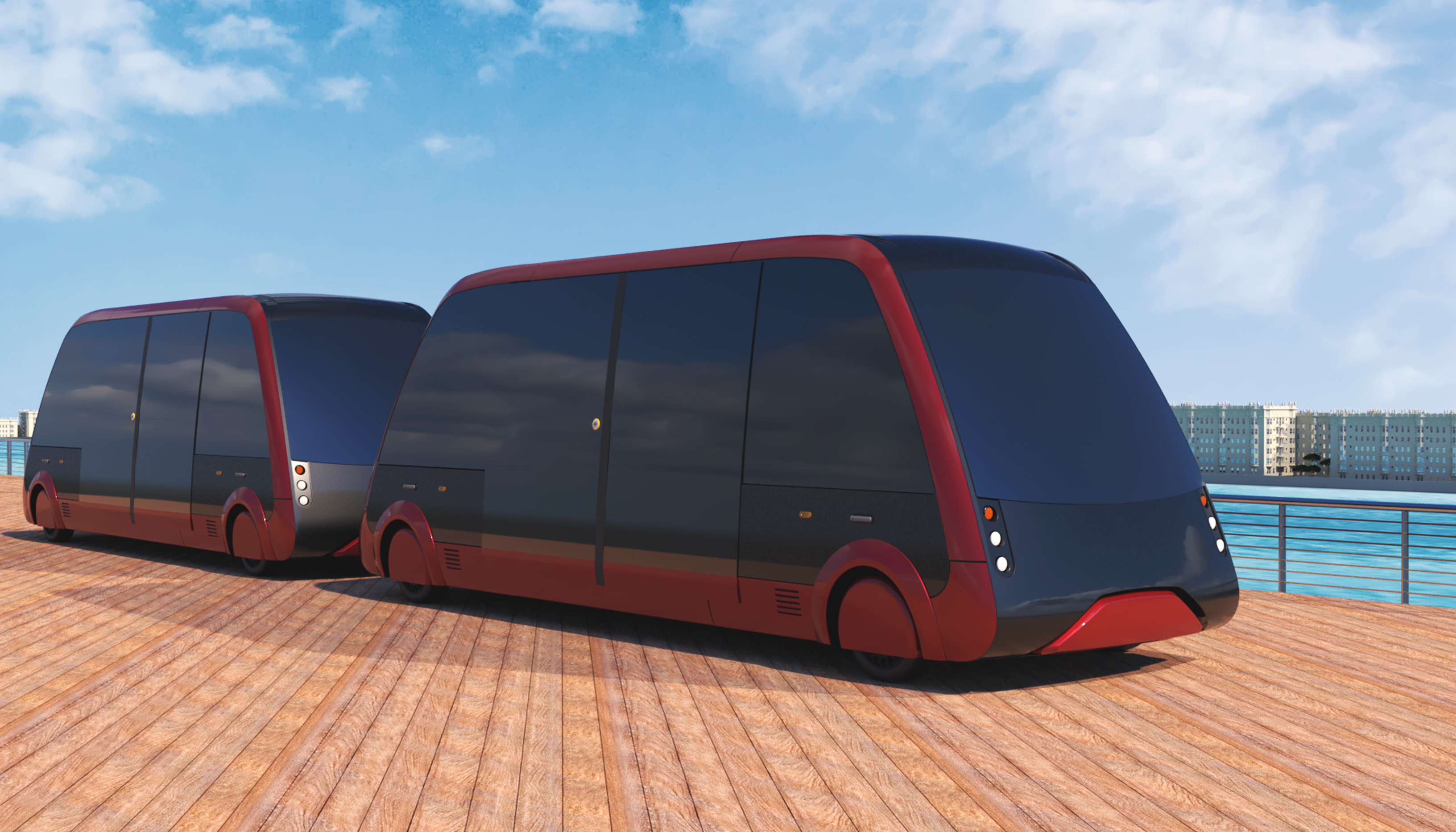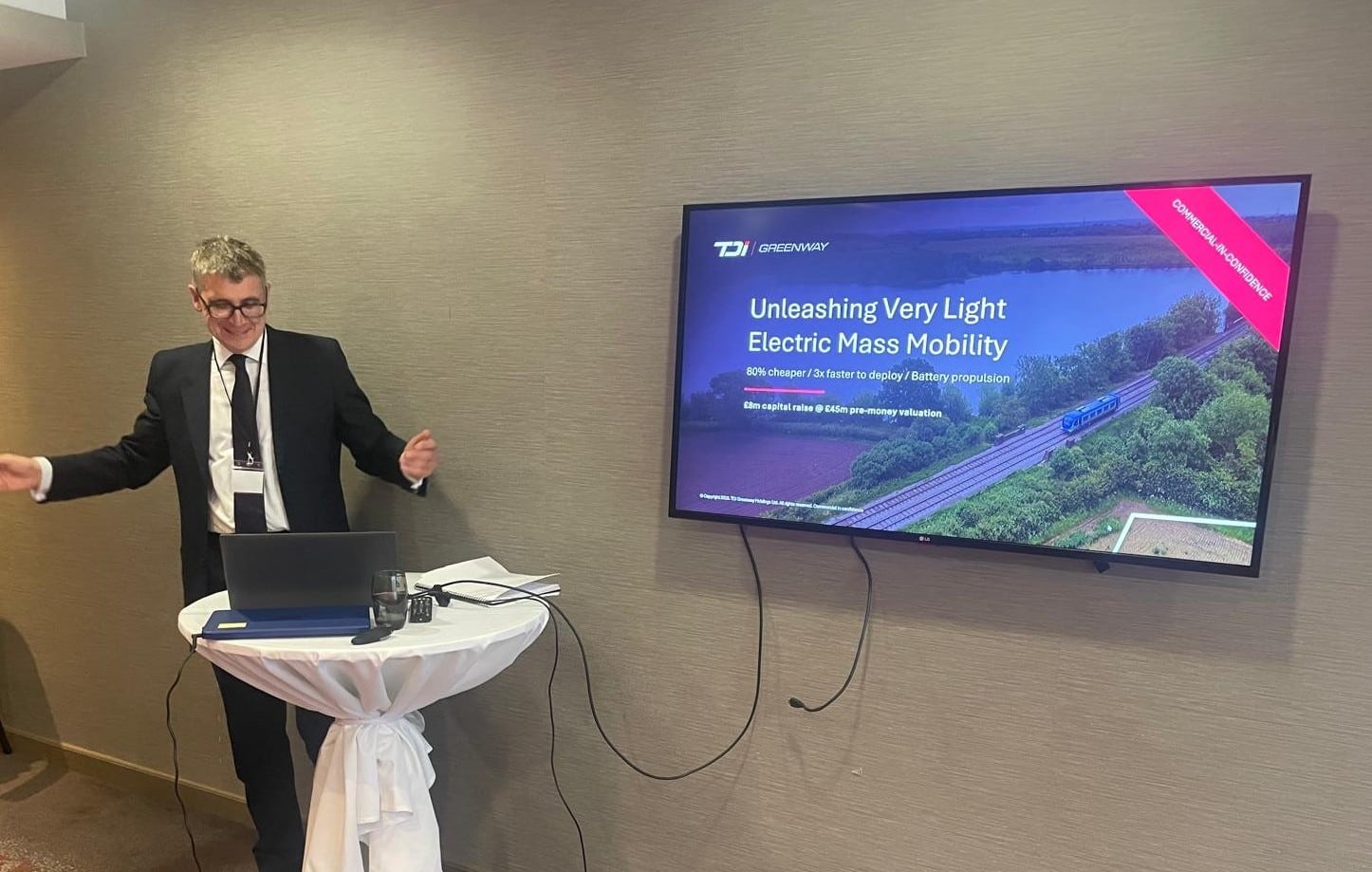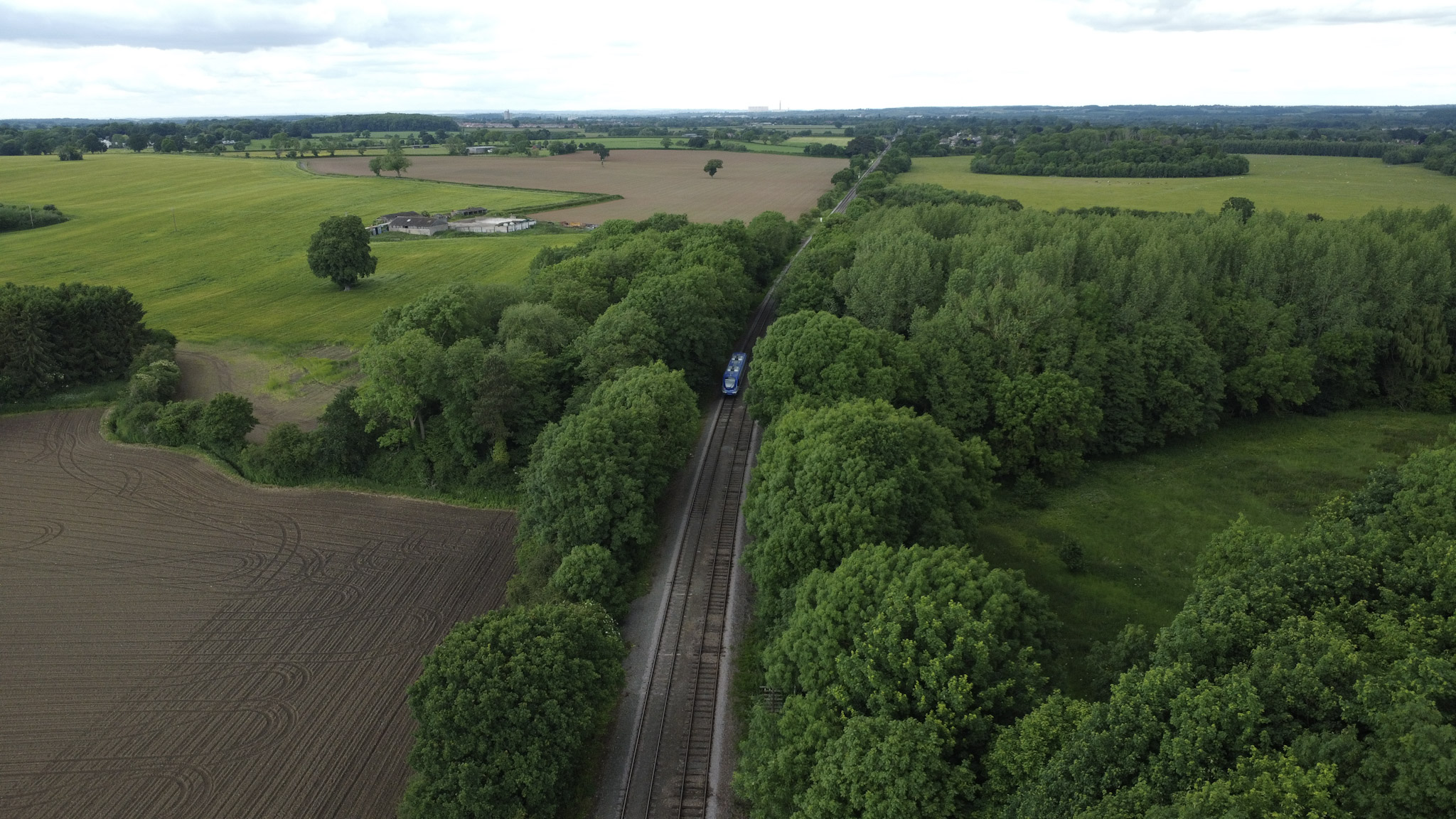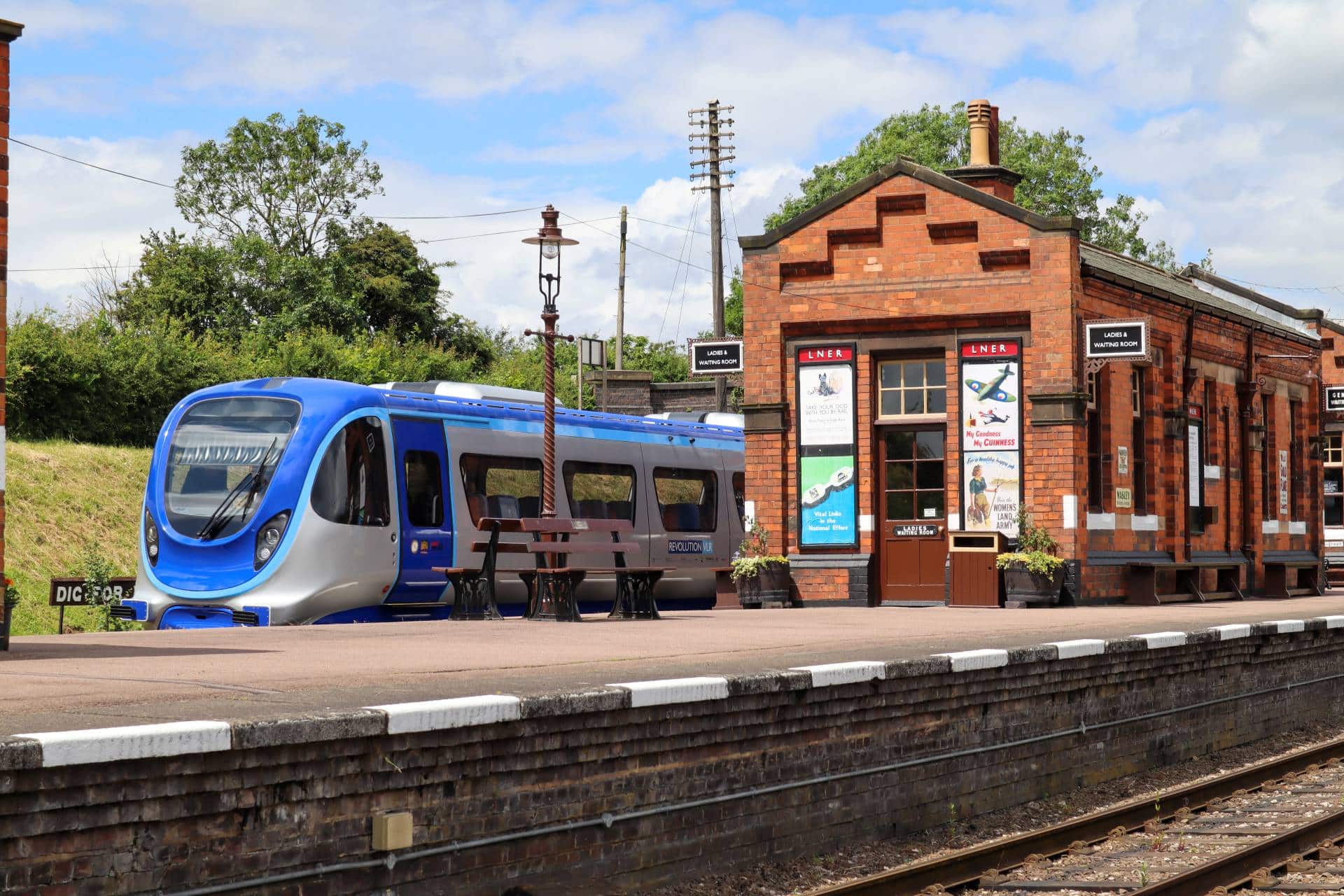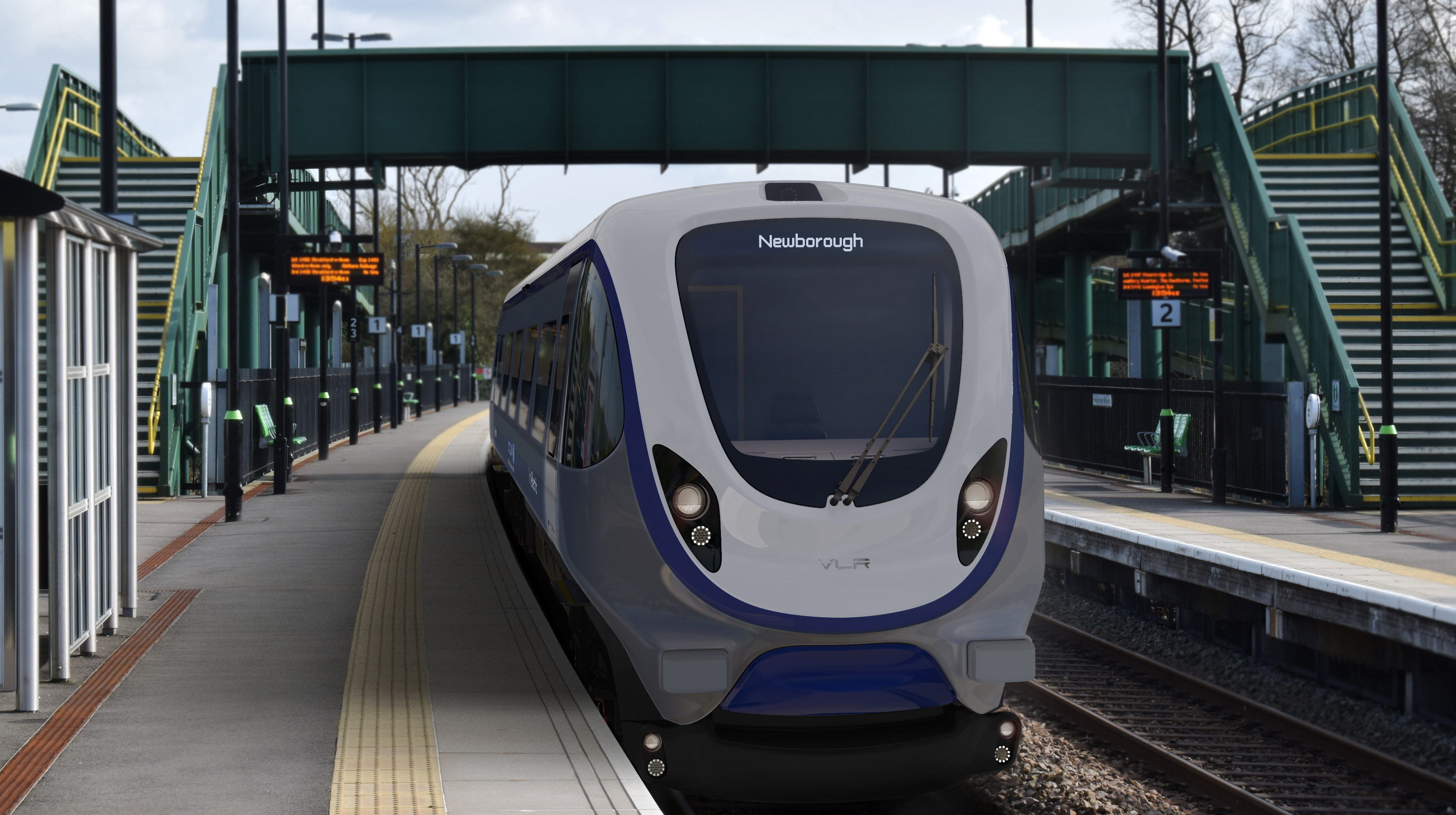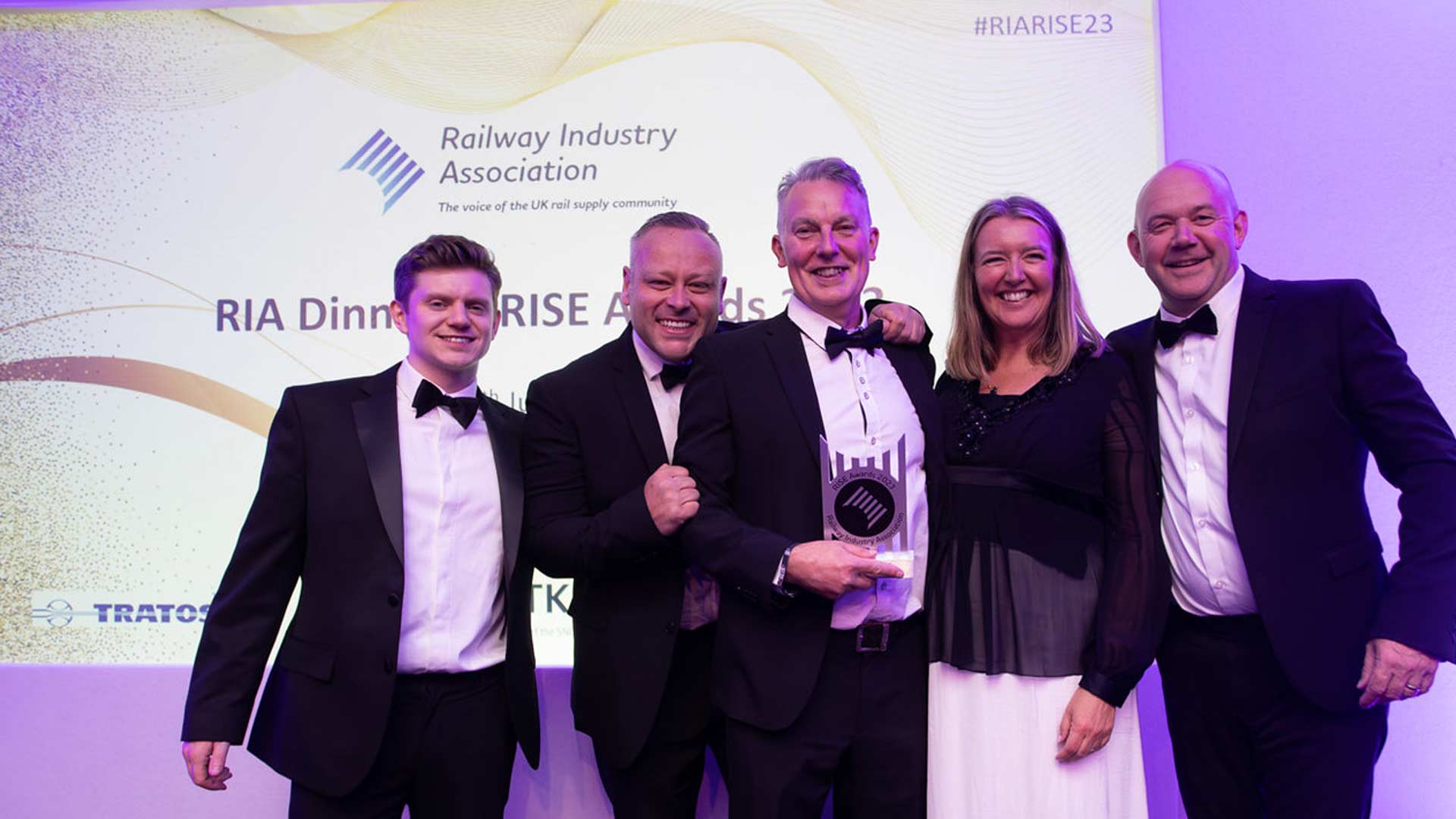The UK government has recently announced a landmark £15.6 billion investment in local transport infrastructure projects across the North, Midlands, and South West – the largest ever for city-region public transport (1). This marks a turning point in addressing long-standing regional disparities, especially in areas like the North, which have historically received significantly less per capita funding than London (2).
The need for Central Government, Local Authorities, Combined Authorities and Transport Operators to have access to innovative, cost-effective, and sustainable local transport solutions that can be deployed quickly and effectively is more prominent than ever before.
To deliver mass-transit solutions, not only to improve connectivity within our congested towns and cities but to also benefit the hundreds of existing poorly serviced UK communities, and the new communities emerging from the UK Government’s 1.5 homebuilding pledge, a different way of thinking is required.
VLR: A Low-Cost, Low-Carbon Alternative
Very Light Rail (VLR) is a disruptive technology for the Rail and Local Transport industries with the ability to deliver lightweight, energy-efficient service solutions. It offers a full circle transit solution, which reduces upfront infrastructure and rolling stock costs with lower manufacturing and operational costs:
- Lightweight = up to 80% lower in cost, lightweight vehicles drive materially lower infrastructure Capital and Operational costs for both government and operators.
- Lightweight = zero-emission operation: lightweight vehicles reduce power requirements, making battery solutions easier to deploy, more energy efficient and better for the surrounding environment.
- Lightweight = modular & rapid deployment: modular approaches exploiting digital technologies deliver rapid infrastructure deployment, generating revenues earlier than normal across the service and wider local economies
VLR is currently being demonstrated across the UK in two distinct environments. The first is the sub urban/rural deployment at Ironbridge, Telford using the more traditional rolling stock version of Revolution VLR, and the second, in an urban environment through the Coventry VLR pilot project, which showcases the real ability of VLR to reduce deployment costs of an Urban “tram” system to approx. £7m per kilometre – well below conventional tram systems (3). Transport Design International (TDI) designed and built both the Revolution VLR and the Coventry VLR vehicle
Global Net-Zero Momentum
Countries worldwide are targeting ambitious decarbonisation:
The UK and EU aim for net-zero rail by 2050 (4)
Many US states are following suit with aggressive emissions targets (5)
Research consistently shows public transit can dramatically reduce per-capita carbon output compared to private cars (6)
VLR aligns perfectly with these aims by offering zero-emission, energy-efficient transit across regions that previously couldn’t justify heavy infrastructure investment.
Why It’s Urgent—and Now
The recently announced £15.6 billion funding offers a once-in-a-generation opportunity to rethink regional transport in the UK. VLR perfectly complements this agenda:
- It’s cost-effective – a significant reduction in costs against traditional solutions
- It’s faster to implement—deployment in months, not years
- It’s modular and scalable, allowing adaptation to local demand fluctuations
- It reconnects underserved regions, supporting regeneration and economic growth, and social inclusion
- It’s for the future – innovative technology benefiting the next generation
VLR Is Not Just an Option—It’s Essential
With unprecedented regional funding available, global climate commitments, and a renewed focus on transport equality, VLR is an essential part of our future rail and local transport network. If we are to fully optimise local transport budgets and ensure maximum reach across previously forgotten regions, then we must look to new, more affordable rail technology.
For the UK to capitalise on this historic moment, the government leaders, local authorities, and transport bodies need to embrace this innovative new technology and accelerate VLR adoption across their regions.
Let’s seize this window of opportunity and build the rail of the future – together. It is our time to improve regional connectivity and build back better, more accessible and affordable community rail networks.
The time is right for VLR.
Sources:
